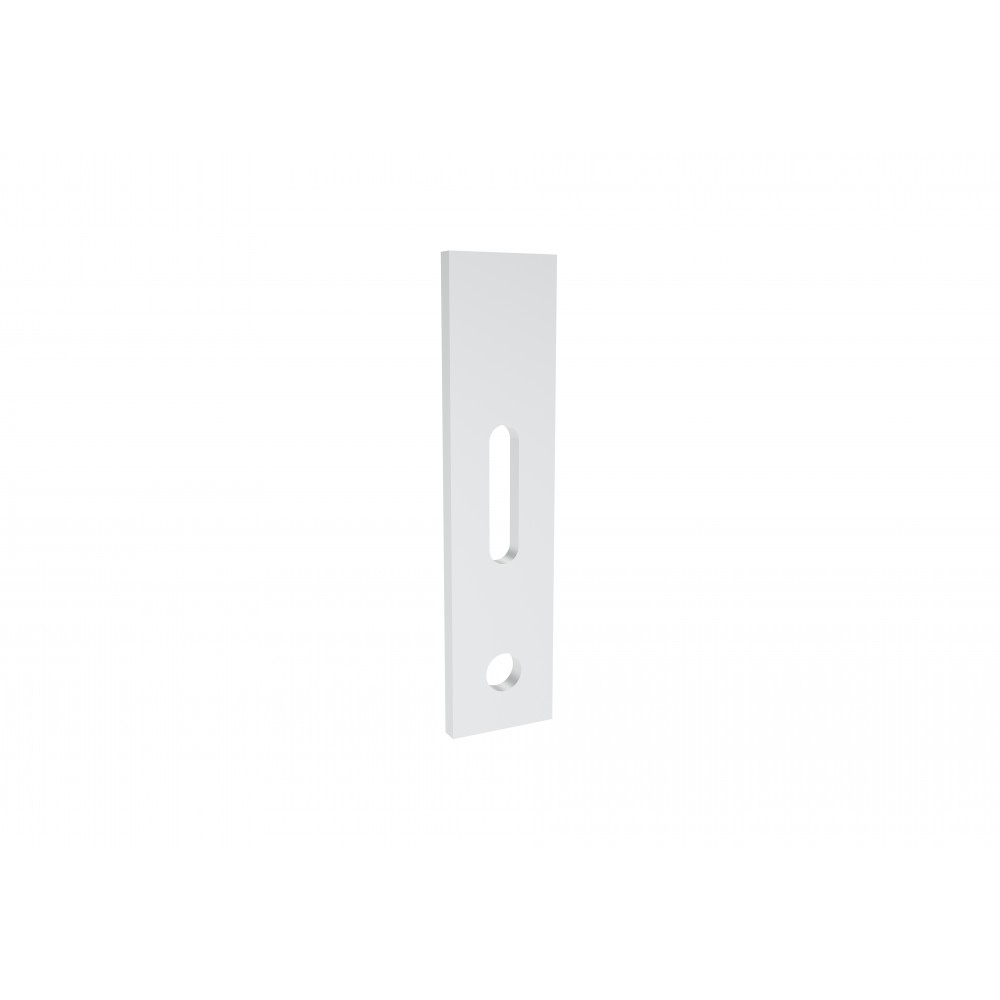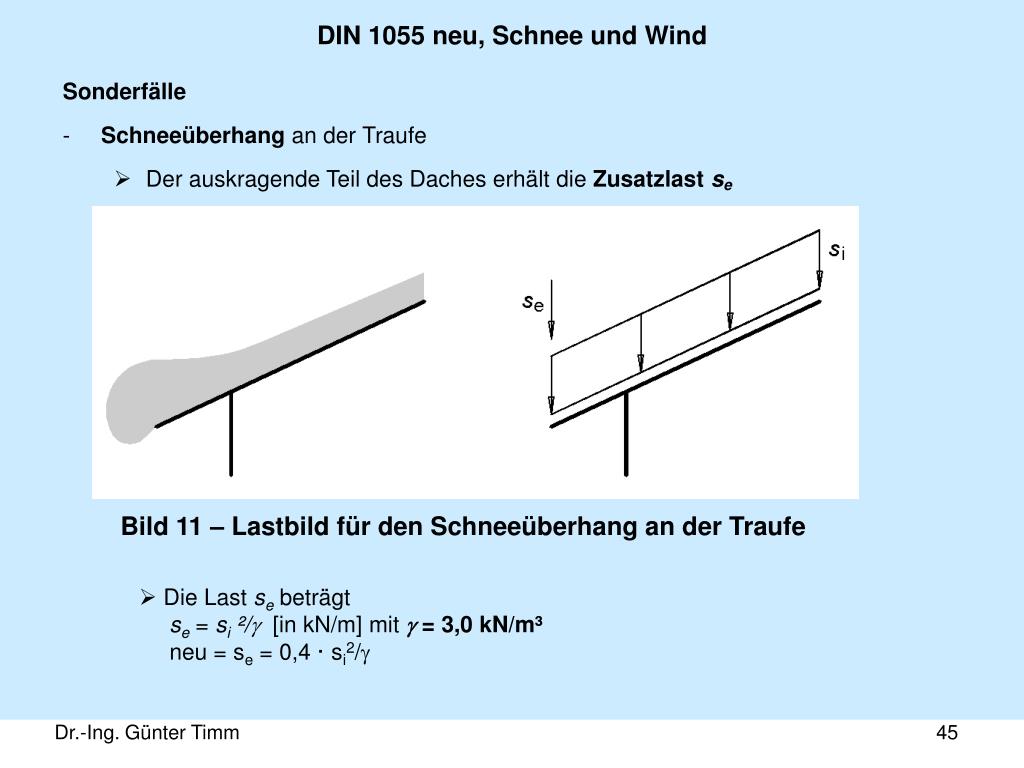

These will include horizontal loads and overturning moments for both wind and seismic situations. In order to properly design the concrete pad or steel structure that supports the silo, the engineer performing that work will need to know a specific set of design parameters. The loads that are present on the silo will also be an integral part of the design of the silo’s foundation, which is likely the first thing you will have to worry about, often times months before you will ever receive the silo itself. Two silos of the exact same size and used for the exact same material will be designed differently if one’s going to Wisconsin and the other to California or Florida. Regardless of how you design the silo structure, you will need to know the wind loads and seismic loads present on that silo before you can even begin. While the debate won’t be solved in this article, there are some specific things that need to be taken into account, regardless of how the silo itself is designed.įirst and foremost are the building codes – the International Building Code, or IBC – that will determine the wind and seismic factors used in the design of the silo itself. For this reason, the design of these tanks from place to place and company to company will vary, and is often a topic of debate. that specifically covers the design of silos for the storage of bulk solid materials.
#Din 1055 wind load code
There is no national code or standard in the U.S. What happens, though, if you are looking for a new lime silo for a water treatment plant? What about a plastic pellet silo for your molding operation? In these cases, the question is not as clear cut. If you are looking for a water tank, AWWA D100 is going to tell you exactly what you need to do. Want to put up a large field-fab tank for oil storage? API 650 is an appropriate code for that situation. Unfortunately, this is often times not an easy question to answer.


When these two things come together, the first question asked is often “What code does our silo need to be designed to?” These same companies that have a need for bulk storage also have to be concerned with being safe and complying with state and federal codes. Shop-welded tanks will cover storage needs from zero up to about 10,000 cu ft. The best solution for these silos is often a shop-welded tank. The storage silo is an integral part of any business that has need for dry processing or solid handling as part of its normal operations. The following is an overview of a couple of particularly important areas of building codes that affect design and fabrication of industrial storage silos. Navigating building codes can be a challenge for even a seasoned veteran.


 0 kommentar(er)
0 kommentar(er)
